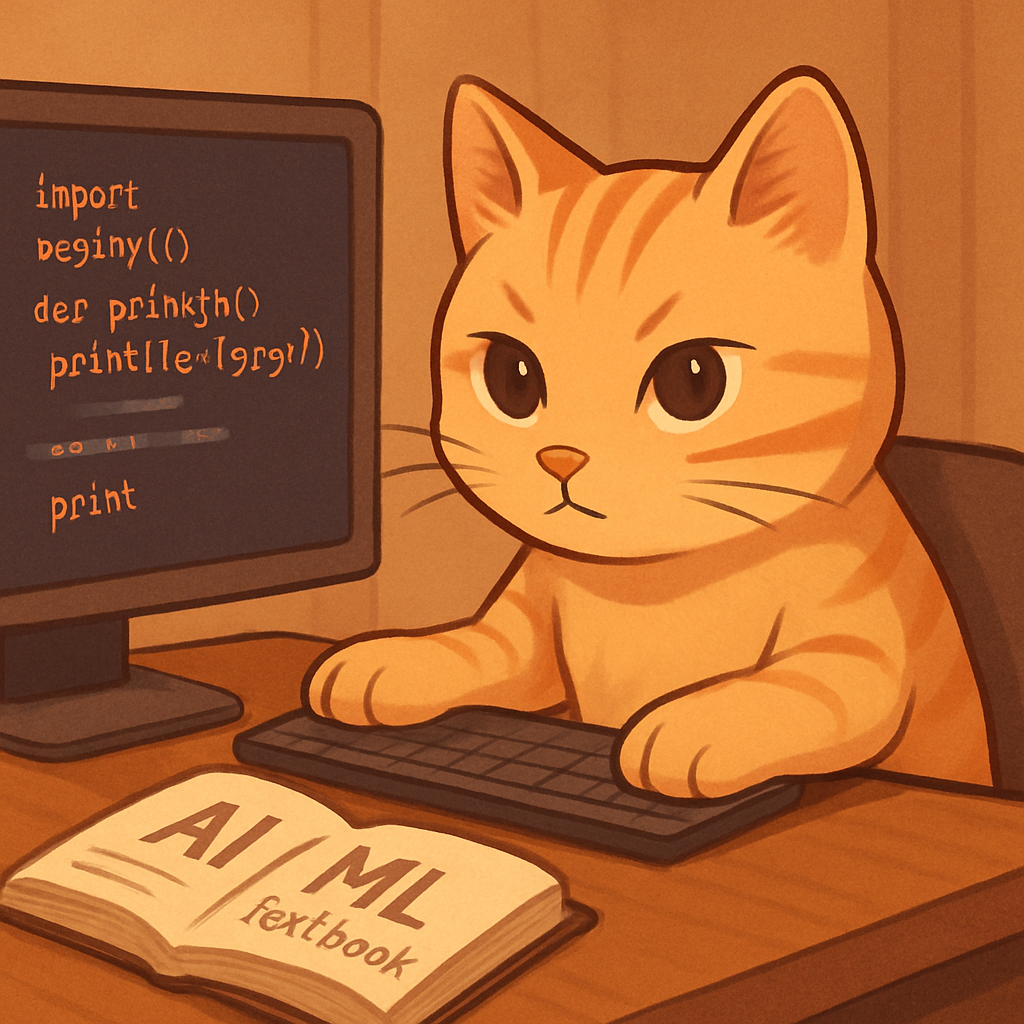Understanding OOP in Python: Abstraction, Encapsulation, and Polymorphism
Introduction
While building a student score management program in Python, I got to apply and better understand some core object-oriented programming (OOP) principles — abstraction, encapsulation, and polymorphism. Instead of just reading theory, this hands-on approach helped me recognize how these concepts solve real design problems.
OOP Concepts in Action
Abstraction: Hiding the complexity
In the ScoreManager class, the user just selects menu options like “Add”, “Print”, “Search”, or “Sort”. They don’t need to know what pickle, lambda, or process() are doing under the hood. This is abstraction — showing only the necessary interface and hiding the internal logic.
def start(self):
funcList =[None, self.append, self.printAll,
self.search, self.modify,
self.delete, self.sort]
...
This function selection through indexing abstracts complex logic behind clean, numbered options.
Encapsulation: Protecting internal state
Each ScoreData object has internal attributes like name, kor, eng, mat, and derived attributes like total, avg, and grade. All calculations happen inside process(). No external class manipulates these values directly.
def process(self):
self.total = self.kor + self.eng + self.mat
self.avg = self.total/3
...
The idea is that data and its behavior are bundled together, and other parts of the code shouldn’t interfere with how the grade is calculated. That’s encapsulation.
Polymorphism: Same interface, different behavior
Inside ScoreManager, we can loop over scoreList and call print() on each item, regardless of their internal state. Because every item is a ScoreData object, the same method name print() works for all — this is polymorphism in action.
def printAll(self):
for s in self.scoreList:
s.print()
Every object knows how to “print itself”, and we don’t need to write if-else statements to handle different types.
What I learned
At first, these OOP concepts were abstract terms for me. But through building this system:
- I understood how abstraction makes user-facing code simpler and cleaner.
- Encapsulation helps prevent bugs by isolating the logic inside its class.
- Polymorphism lets us design flexible systems that can handle different objects in the same way.
I also learned how these ideas make my code more scalable, maintainable, and easier to test.
What I want to do next
I want to:
- Try using inheritance and method overriding to implement a new type of user, like
TeacherScoreData. - Add file-based loading and saving for different user types.
- Improve this program into a GUI application using tkinter or PyQt.
This project helped me internalize OOP in a way that makes me more confident about future Python projects.
